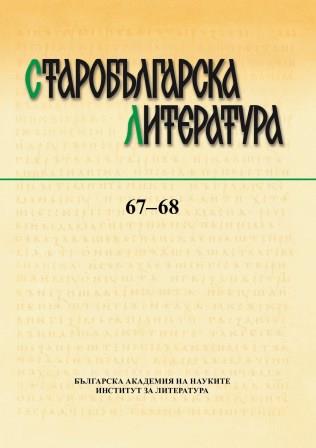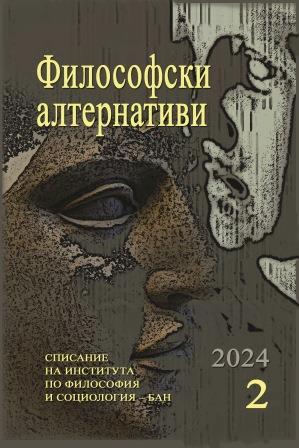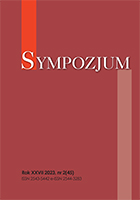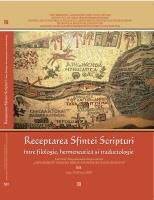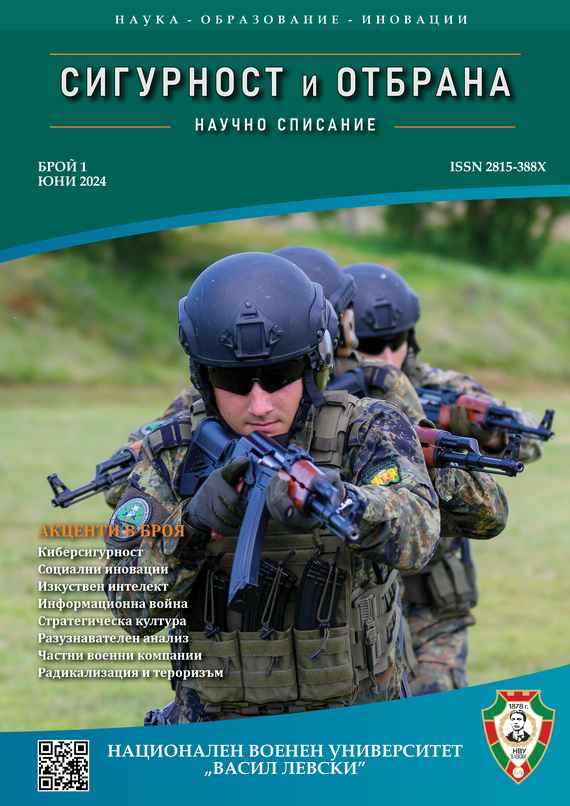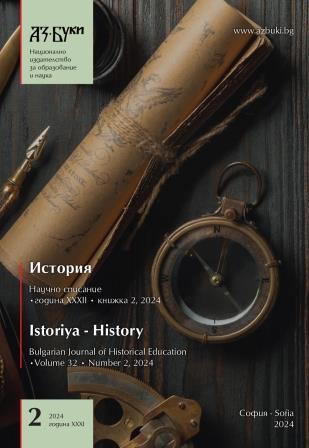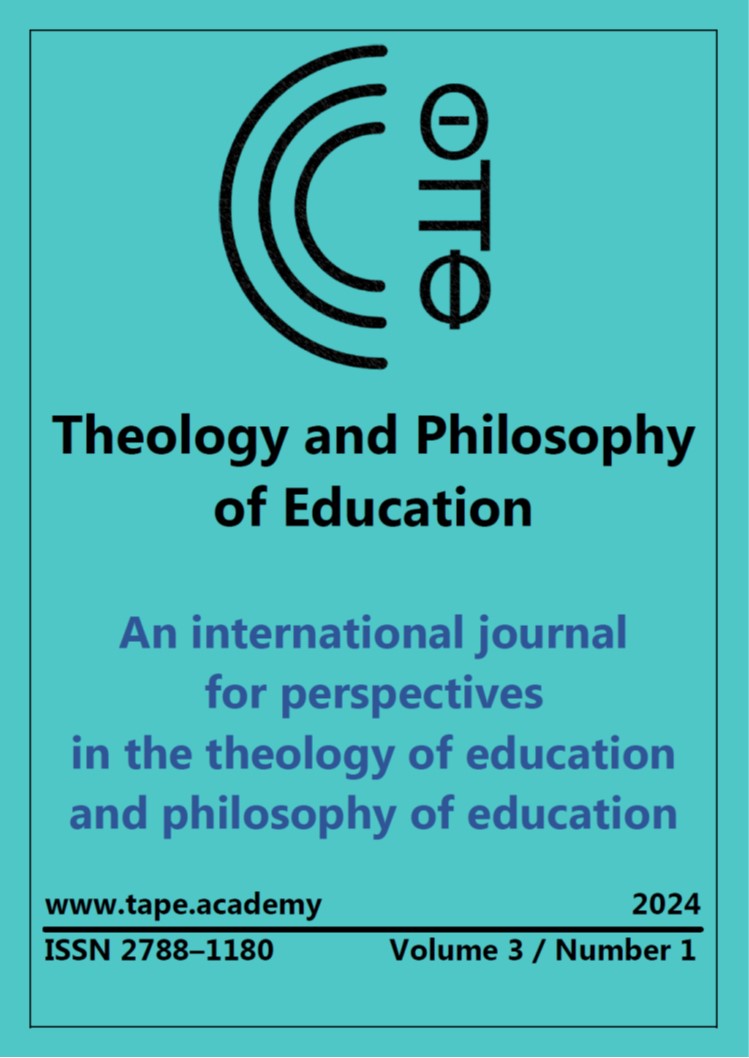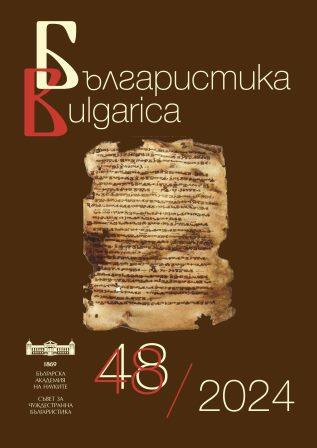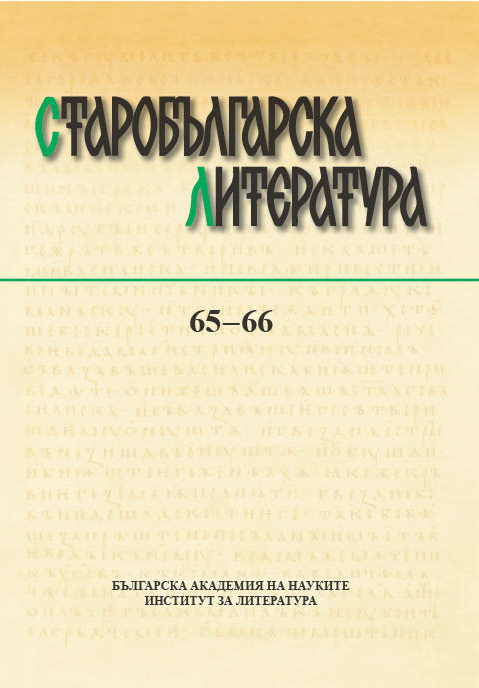
Службата за св. Петка Търновска (Параскева Епиватска) с неизвестен канон за четвърти глас в ръкописи от ХVІ–ХVІІ в. от Народната библиотека във Варшава
This article examines a version of the office for St Petka of Tarnovo (Paraskeve of Epibatai) in Cyrillic manuscripts of the sixteenth and seventeenth centuries kept in the National Library of Poland, which contains a canon in the fourth tone that is unknown in South Slavic manuscripts of previous centuries. In the manuscripts with copies of the office under review, one finds hymnographic components of the earliest office in Dragan’s Menaion (the kathisma, kontakion, oikos and photagogikon, the stichera for Great Vespers and the three stichera of the Lauds), but the canons in this office are different from the canon in Dragan’s Menaion. The first canon in this office is from the so-called Vidin (Bdin) office for St Petka of Tarnovo and the motif of the translation of her relics is mentioned in it for the first time, while the second canon is in the fourth tone. In structural and textological terms, the office under review here contains new hymnographic components that are not known in South Slavic copies. The present study is based on ten manuscripts in the National Library in Warsaw. For the time being, it is difficult to determine when and where this office for St Petka was written and translated, and how it reached the Kingdom of Poland. One can only assume that it was written on the occasion of the deposition of the saint’s relics in a church dedicated to her in the sixteenth century (perhaps in Constantinople) and subsequently translated, I believe, most probably in Romania, in connection with the final deposition of her relics. There is no doubt that the canon in the fourth tone and the whole office were written specifically for a church dedicated to the venerable saint. An Appendix presents the text of the office as copied in a sixteenth-century manuscript, Akc. 2855, in the National Library in Warsaw.
More...
